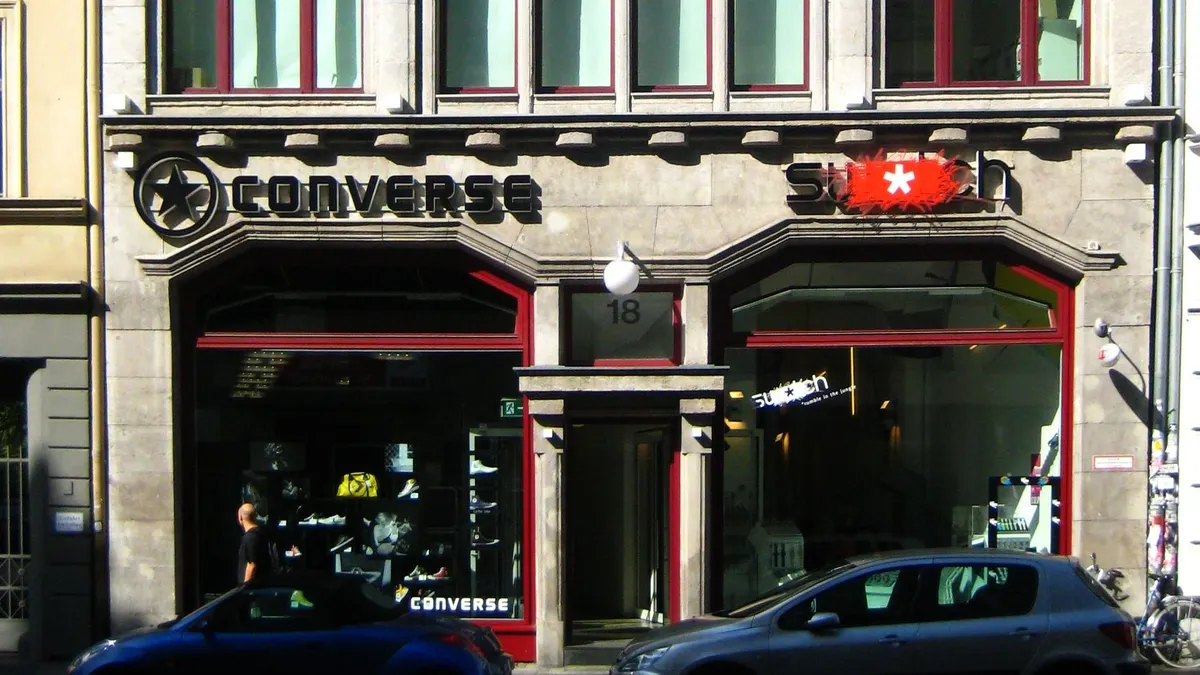Change is hard.
Just ask Zappos CEO Tony Hsieh, who has taken the ambitious step of flattening the corporate organization of his 4,000-employee company, smashing hierarchies and prioritizing teams. This month Zappos made news when it was revealed that some 14% of the company’s employees would take Hsieh up on his offer to buy them out by April 30 if they weren’t down with the retailer’s move to so-called “Holacracy.” More than 200 workers reportedly have chosen to leave.
Zappos has long stated it wants workers who are happy to be there, and has used generous buyout offers in the past to smooth the way for anyone not content to stay. So the recent buyout is probably less of a story that it seems at first glance.
Still, what’s going on over there?
What is ‘Holacracy’?
“Holacracy” as a corporate organizational system began as a disruption of organizational governance at Ternary Software by its founder, Brian Robertson. Robertson has gone on to establish Holacracy.org, which works with some 300 nonprofit organizations and for-profit companies to establish the system and support them in their efforts in adopting it.
Essentially, the approach prioritizes projects and teams, organizing employees according to their roles, which are clearly defined. But roles are different than jobs — an employee can have different roles at different times and for different projects. Defining roles, setting goals, and working out differences take place in democratic meetings. "Circles" is a big concept in the Holacracy model, in contrast to the linear, top-down approach we think of in a heirarchical approach.
Contrary to popular belief, Holacracy doesn’t eschew leadership roles; although it’s democratic, projects aren’t run by consensus. Rather, job titles become meaningless because an employee may wear different hats depending on the project he or she is working on. Plus, leaders elected to be point people on various projects aren’t responsible for employees “under” them in the traditional way. Finally, some of the more whimsical titles found at Zappos, for example, are the result of Tony Hsieh's prioritization of fun.
“The organization structure,” according to the Holacracy.org website, “is based on clearly defined roles. It allows for greater clarity into who has authority over what and who is accountable for what. Holacracy is a radically different management system that changes how an organization is structured, how decisions are made, and how power is distributed.”
For years now, Hsieh has been keenly interested in new ways of organizing corporate structure and even cities — and found Robertson’s Holacracy approach the path to accomplishing what he envisioned for Zappos. In 2013 he began implementing the necessary changes in earnest, which the outside world first experienced as the company doing away with titles.
A larger trend
While Holacracy is a radical reform of traditional business structures — the ultimate example of which is spoofed in the U.K. and U.S. versions of the sitcom “The Office” — there is an overall trend toward flatter, more democratic management approaches, experts say.
“There’s a tremendous amount of friction and inefficiency in most organizations that come from a lack of understanding about people and teams,” says Mark Talaba, EVP of The Gabriel Institute, which has developed technology and systems around establishing and supporting team-based corporate structures, which they call “Teamability.” “Too much of a hierarchy can be a bad thing, but not enough hierarchy can be a bad thing, too.”
Deloitte in its report this year "Global Human Capital Trends 2015: Leading in the new world of work" found that hyper-connectivity, the blurring of lines between home and work, the increasing role of teams, and the changing role (and definition) of leadership are among the variables breaking down the traditonal hierarchical corporate structure.
All these changes are disrupting human resources departments themselves, in some cases, leaving some companies to neglect those corporate teams rather than make the effort to scrutinize and re-define them.
Data in corporate organization
The Gabriel Institute, which first developed some of its concepts and framework in the mid-1980s, and other corporate organization and team experts have found that data is all-important in assessing variables like the effectiveness of teams (or any corporate structure), the challenges a company faces, or even, something that is important to Tony Hsieh, the happiness of employees.
One thing that goes away in Holacracy and other flattening, democratizing organizational structures is the classic manager’s job of communicating to employees when a job's well done. That kind of feedback is important guidance in letting workers know when they're on the right track and it's necessary in keeping employees motivated.
That means that peer assessments, employee surveys, and other feedback from everyone in the company (not just managers) become especially important, says Kevin Nakao, head of sales & marketing at TINYhr, whose TINYpulse analytics product brings companies feedback and important information on employee effectiveness, happiness, burnout, and engagement. And asking for that feedback means surveying employees as often as weekly, far more often than the more traditional once-a-year survey.
“We’re going to a world where there is a more democratized workplace, whether it’s Holacracy or something else,” Nakao told Retail Dive. “It’s increasingly not necessarily how you rate management or leadership, but more how you rate your coworkers. Success is really tied strongly with the people you work with and how you interact with them. I think we’ve been seeing that shift happen, but we need to move quicker, by allowing the people in the company to move closer to the customer.”
What this means for retail
In retail, that may mean empowering sales associates so that certain questions or situations don’t require the customer and employee to wait around for a manager. That in turn may mean better training, better pay, and more constant communications with store staff on the part of the retailer. Collecting feedback on a variety of things about the job — from employee satisfaction to logistical questions — becomes all-important because a company is no longer relying on a mid-level manager to make those assessments and reports.
“Companies benefit from that by moving faster,” Nakao says, “and being closer to the customer.”




















